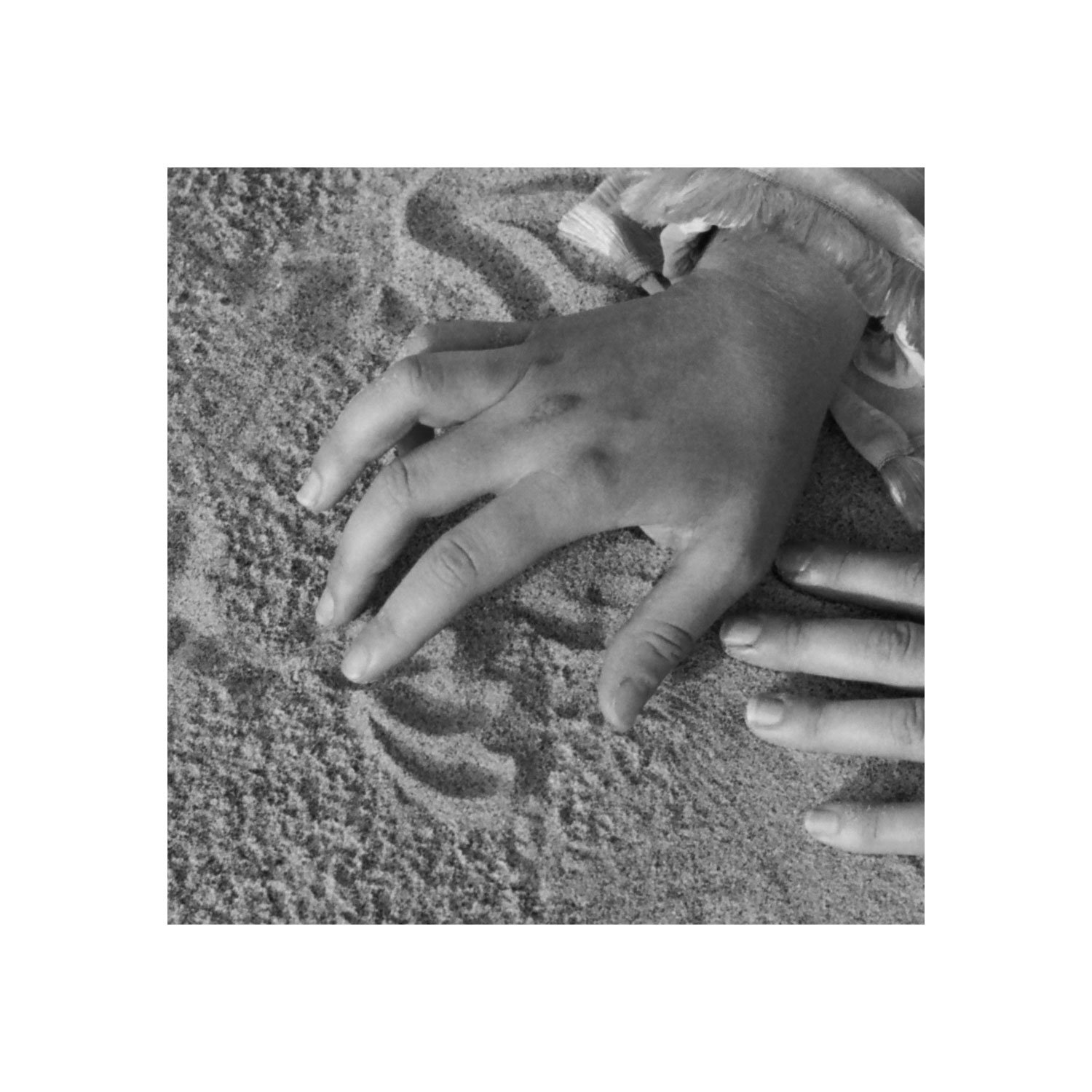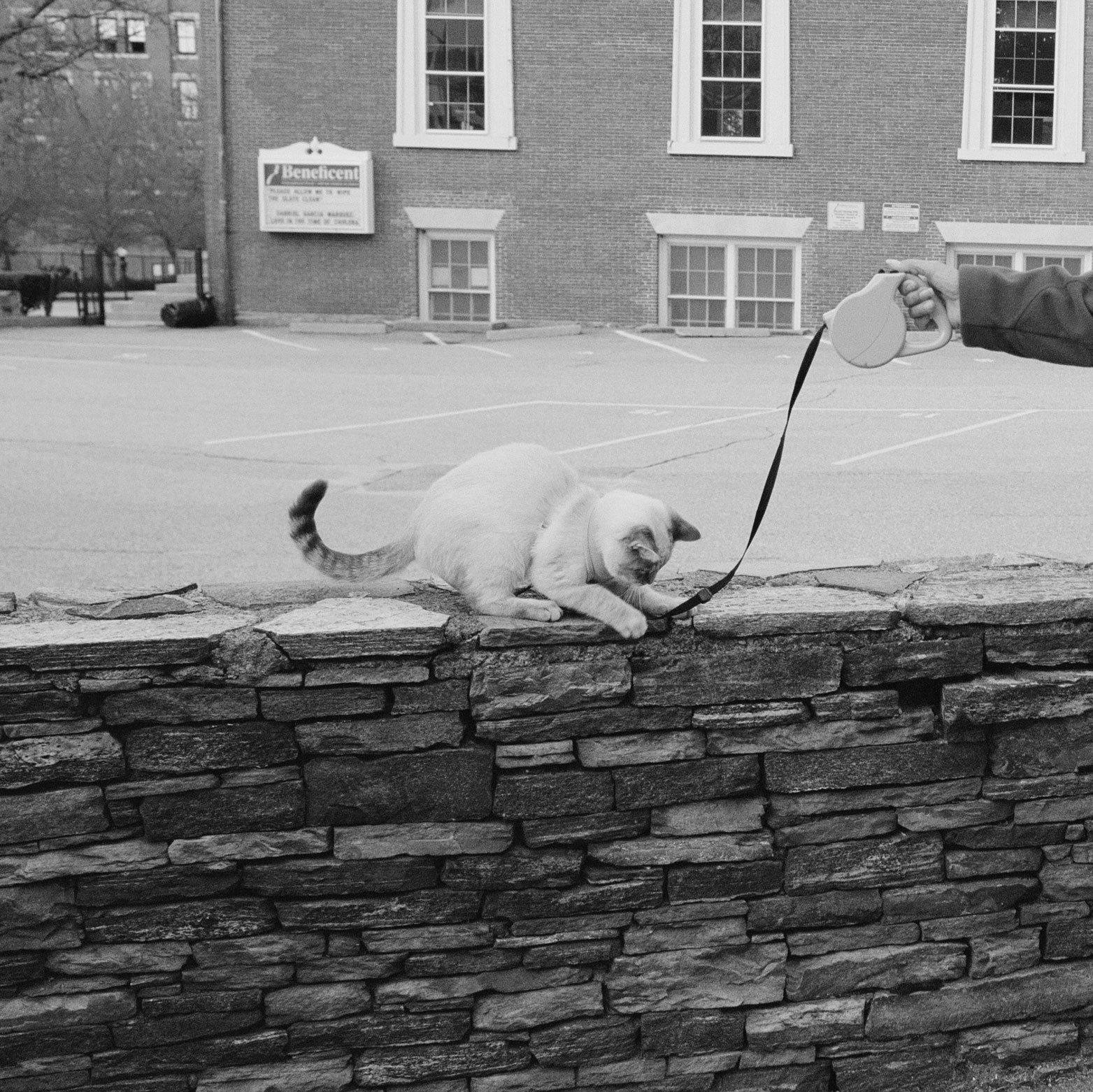




































































































































































































































Excerpts from Blank lines do not say nothing, 2019-present
In his 2006 essay, The Revelation of Erasure, the author Brian Dillon writes:
“Erasure is never merely a matter of making things disappear: there is always some detritus strewn about in the aftermath, some bruising to the surface from which word or image has been removed, some reminder of the violence done to make the world look new again. Whether rubbed away, crossed out or reinscribed, the rejected entity has a habit of returning ghostlike: if only in the marks that usurp its place and attest to its passing.”
Here I am looking for bruises. For marks. For ghosts.
This work, this collection of images I’ve arranged together into a kind of a visual poem, stretches and sprawls and is far from finished. It is one piece of a much larger project I’ve called Blank lines do not say nothing — this line borrowed from Anne Carson’s The Glass Essay — in which I turn my attention to the witch trials of seventeenth-century Salem, Massachusetts — tipping over the facts we have inherited to empower a different way of looking. Evidence is reimagined, not as neutral or unfeeling, but as emotional and deeply subjective — as something shaped and formed by its namer. It seems to me: history is a translation, it is human, it is emotive, it is unreliable and vulnerable to wondering, to questioning, to asking: “if no two people ever hear precisely the same sound” — as the curator and author Lauren van Haaften-Schick writes in What is the Shape and Feel of the In-between? — then what does this mean for this thing we call truth? (And how can I even ask such a thing at a time like this one? But then again: how can I not?) The urgency I have found in the following realization: the logic of the trials does not live in history alone — it exists here and today.
My own history — a story of flight, of fleeing as a child in the arms of my mother — often morphs inside its telling into a tale of intrigue for listeners. And this distance, this separateness of fascination pulls me from my own life, my mother and I unbreathing characters in a narrative that is no longer our own story of freedom and loss — but instead a diversion, a distraction: entertainment. And so for years I stopped telling. Because to tell, to make our lives listenable, is to expose us both to flattening, to spectacle. But in its untelling: my mother and I are alive and full of blood and we are running.
Again and again I find myself turning toward — my work continually circling — people or places or events turned spectacle as spectacle myself.